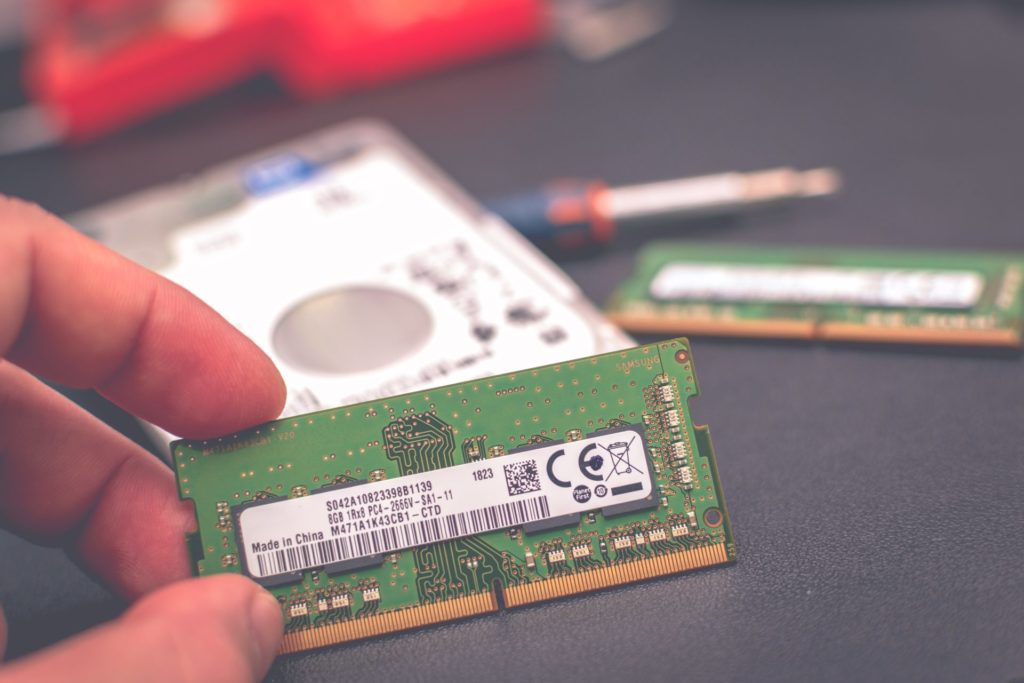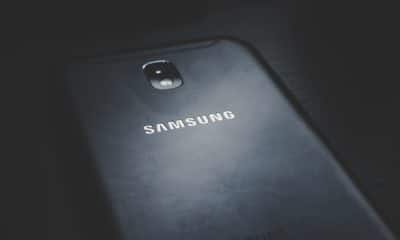Phones
What You Need to Know About RAM & Your Mobile Phone: Why Too Much Isn’t Always Better

RAM is a crucial component of your phone, and it should be treated as such. If you are not careful, you can end up with a phone with too much RAM capacity, leading to performance issues. You will also find that your battery life will suffer as well. There are two main reasons why this happens: the first is when you have too many apps running in the background, and the second is when you have an app open that is not compatible with the RAM capacity of your device. Let’s get to know RAM better!
What is RAM?
A computer’s Random Access Memory (RAM) is a temporary storage area that allows information to be accessed quickly. RAM is a type of computer memory that stores the most recently used data. It is much faster to read from than the hard disk, but it does not store data permanently. So, it is used as a temporary cache for data. The amount of RAM in a device determines the speed at which it can perform different tasks.
The more RAM a device has, the faster it can perform tasks and access data stored on its hard drive. RAM is measured in gigabytes (GB) or megabytes (MB). One gigabyte equals 1,000 MB. So if you want to know how much RAM you need for your device, divide the number of GB by 1,000 to get the number of MB. For example: 4GB / 1000 = 4MB
Android also has a built-in RAM manager, like most modern operating platforms. An integrated RAM manager is responsible for allocating memory to different apps. It does this by freeing up any spare spots in the RAM and filling them with new data. This way, it can use a device’s entire RAM space.
The consensus is that Android mobile apps can consume many system resources and battery power. If unused apps are opened, those programs can still use the RAM. This means your phone will slow down and run out of battery quickly.

What’s The Difference Between Random Access Memory & Read-Only Memory?
Random Access Memory is the computer’s short-term memory. It is a volatile memory, meaning it stores data only for as long as the computer is on. Read-Only Memory, or ROM, is a form of non-volatile storage that retains data even when the power has been turned off. Random-access memory (RAM) is a type of computer memory that can be read and written to at any location with no restrictions to accessing it. RAM stores information in volatile semiconductor devices such as DRAMs or SRAMs. This type of memory generally comes in small packages on microchips, and capacity varies from kilobytes to terabytes per chip package. Read-only memory (ROM) is non-volatile storage used in computers and other electronic devices to store data.
How Much RAM does a smartphone need?
One of the most prevalent complaints amongst Android users is the amount of RAM their phone requires, with many thinking that more RAM is better. But in reality, the more important factor is how efficiently your device uses its memory and swap space. If enabled on devices, RAM chips consume power when in use, and their consumption increases with the amount of installed memory. To summarize, it’s best to pick a figure that suits your needs – preferably something in between 4-8GB. However, with an 8GB-RAM, it won’t be hard to get along with the high or mid-range mobile devices.
-

 Tech6 months ago
Tech6 months agoDo You Need Facebook To Use Gear VR?
-

 Tech6 months ago
Tech6 months agoAndroid Auto Disconnects When Phone is Locked? – Easy Fix
-

 Gadgets5 months ago
Gadgets5 months agoCan Dogs Use VR Headsets?
-

 Tech5 months ago
Tech5 months agoWhat Does “Voicemail Pending” Mean?
-

 Phones5 months ago
Phones5 months agoHow Do I Know if My Phone Supports AR?
-

 Tech5 months ago
Tech5 months agoDoes Astigmatism Affect Your VR Experience?
-

 Business4 months ago
Business4 months agoHow Do You Make an AR Without Coding?
-

 Phones4 months ago
Phones4 months agoWhat To Do About That Weird Notification Sound on Android?































